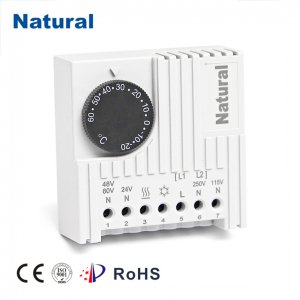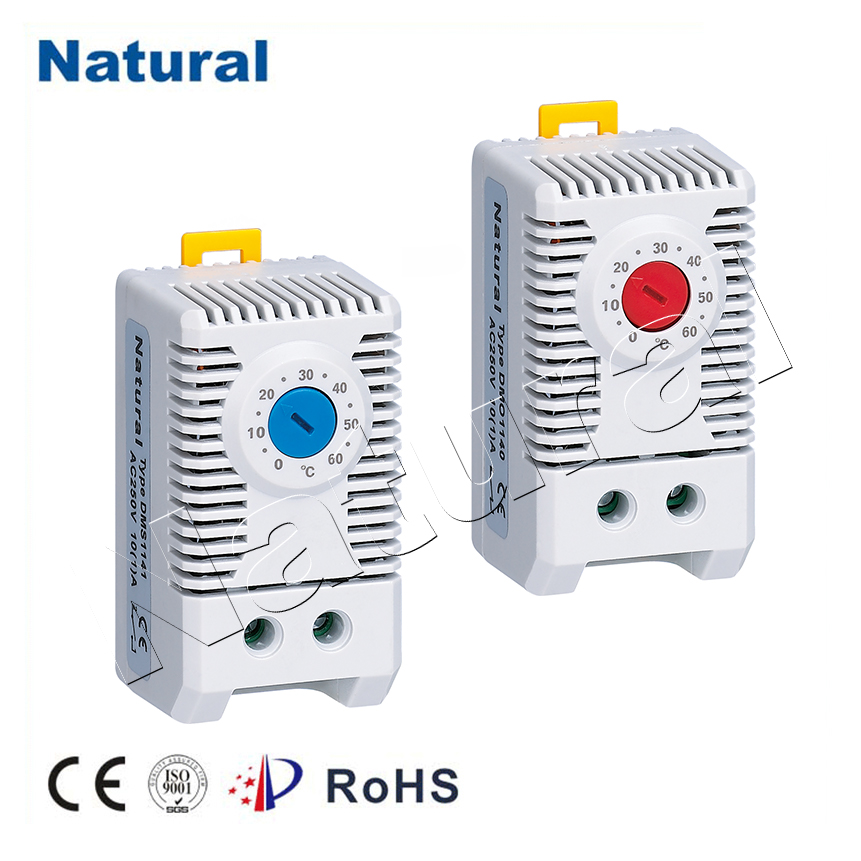A thermostat is an essential device in regulating the temperature of a space, whether it’s in a home, office, or industrial setting. Among the various types available, the 24V thermostat is widely used due to its compatibility with low-voltage systems, particularly in heating, ventilation, and air conditioning (HVAC) systems. This article will explore what a 24V thermostat is, how it works, its key features, and the advantages it offers over other types of thermostats.

What is a 24V Thermostat?

A 24V thermostat is a temperature control device designed to work with low-voltage heating and cooling systems. It operates on 24 volts of electricity, as opposed to higher voltage thermostats (such as 120V or 240V). This low-voltage design is common in residential and commercial HVAC systems because it offers a safer and more energy-efficient way to control heating and cooling devices. In a typical HVAC setup, the 24V thermostat controls the operation of the furnace, air conditioner, or heat pump by sending electrical signals to activate relays and valves in the system. The thermostat uses sensors to monitor the ambient temperature and adjusts the heating or cooling accordingly, ensuring that the space stays within the desired comfort range.
